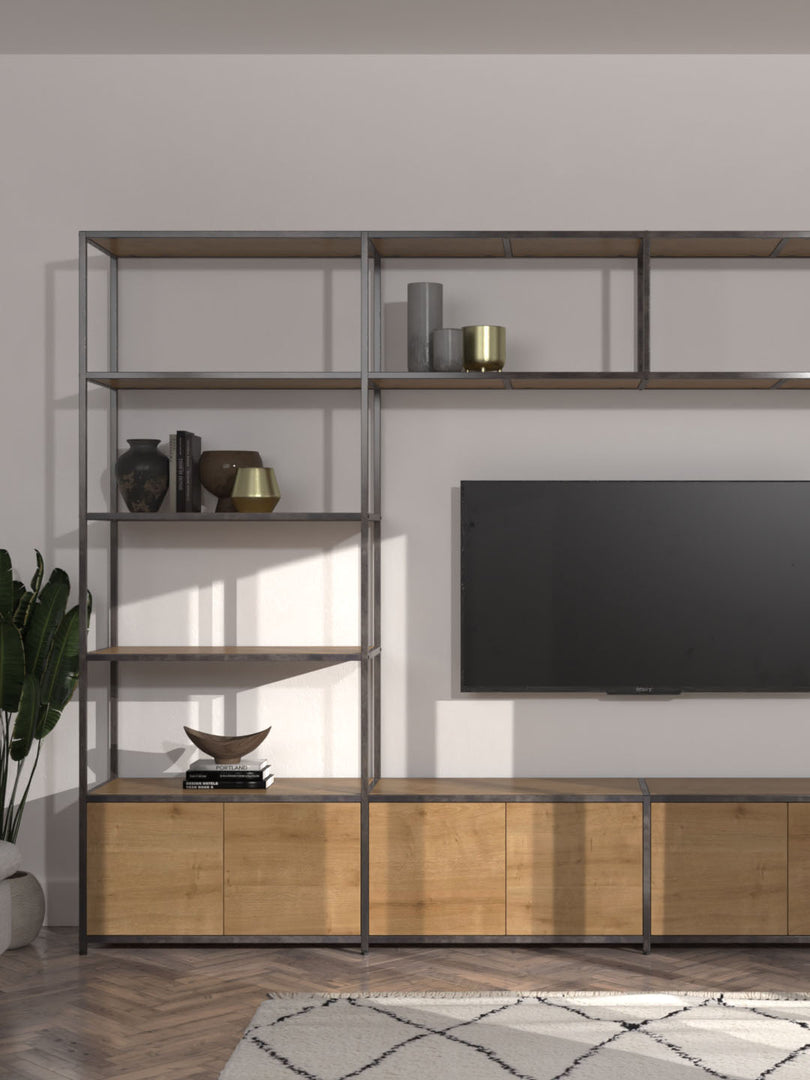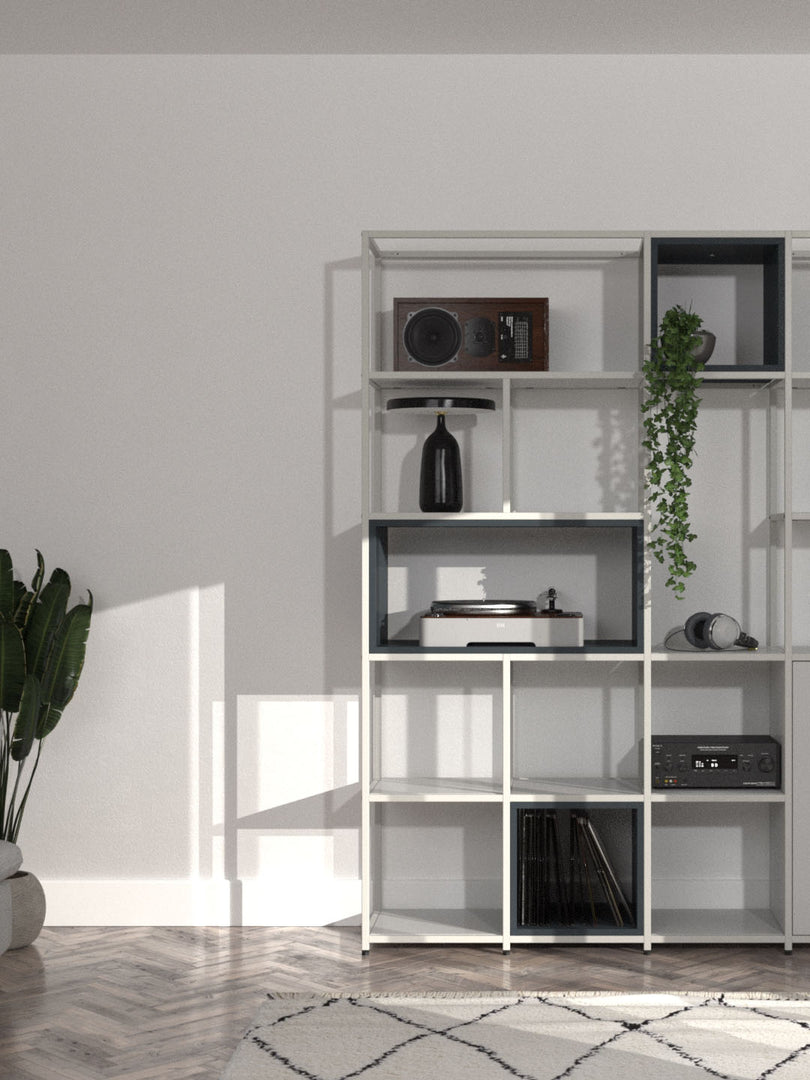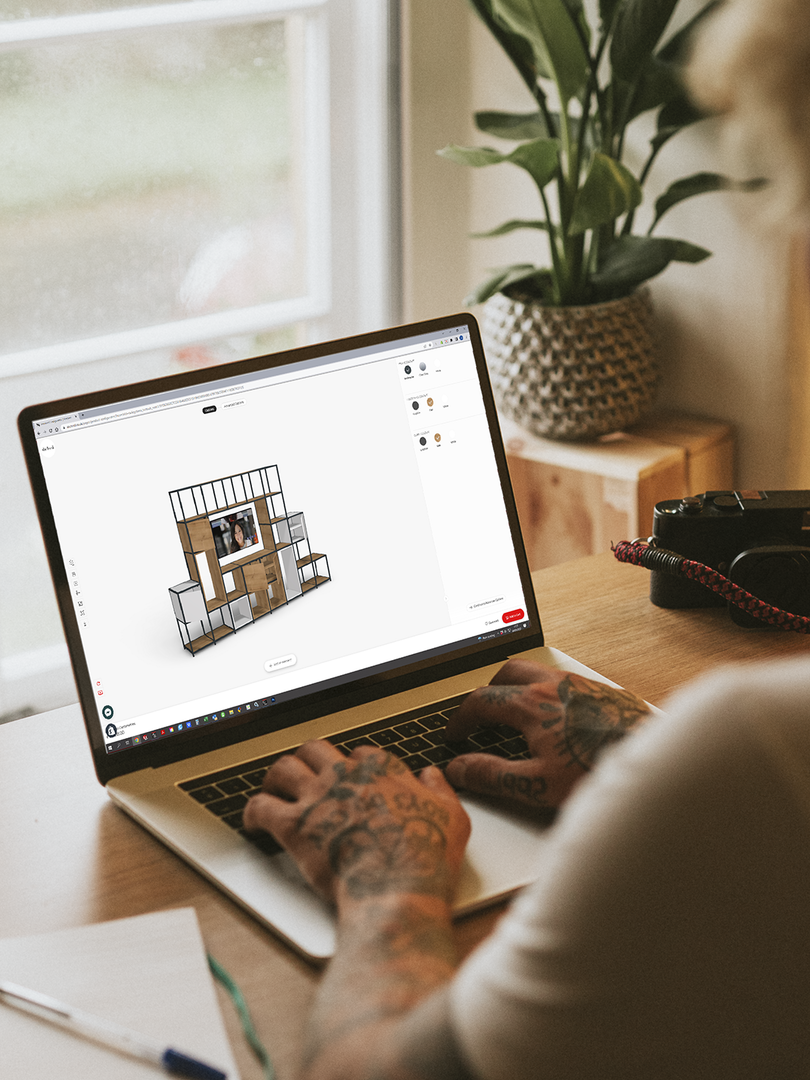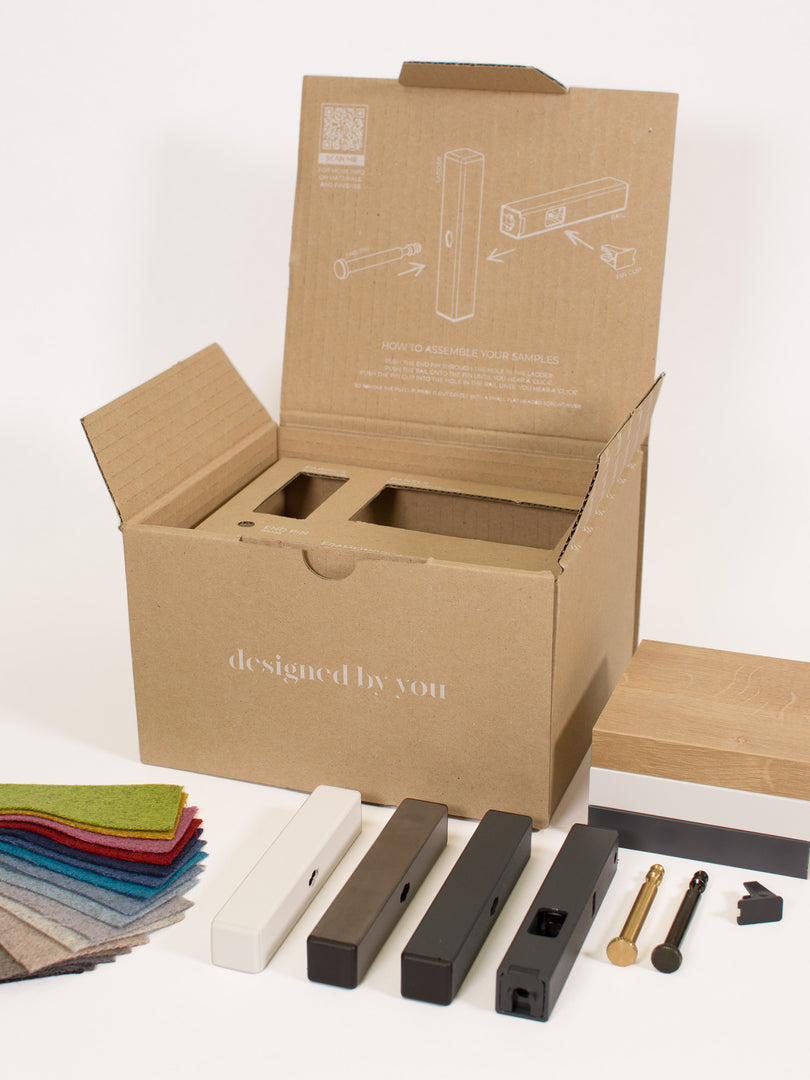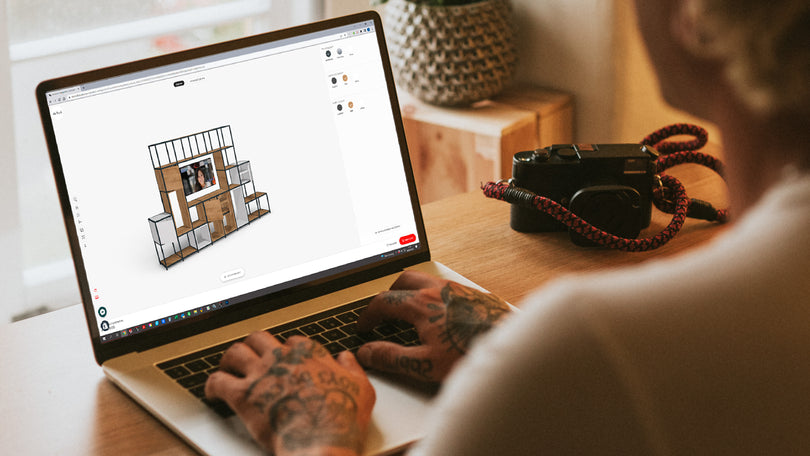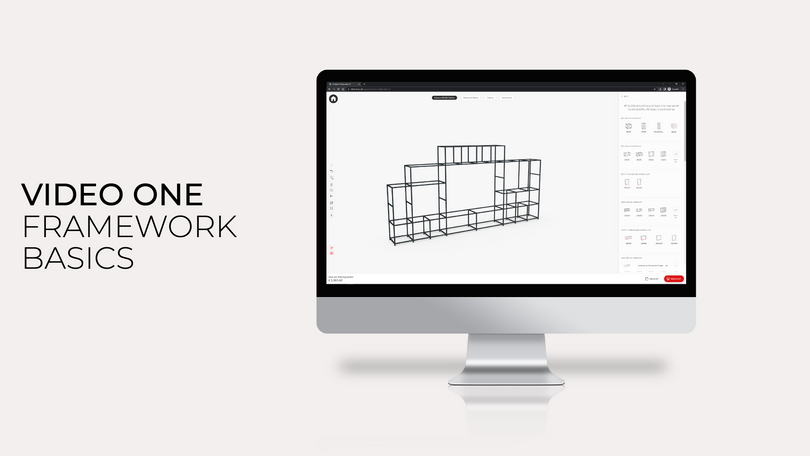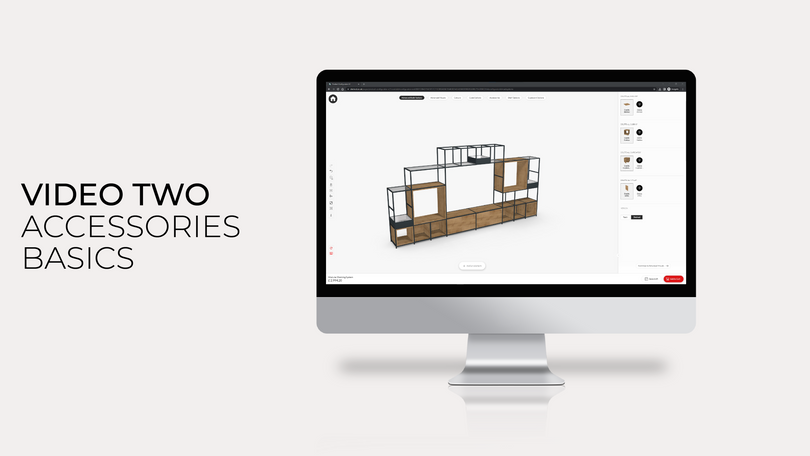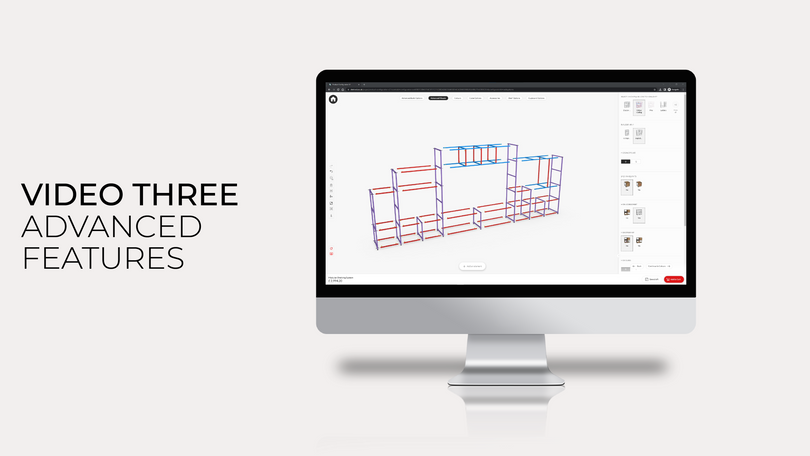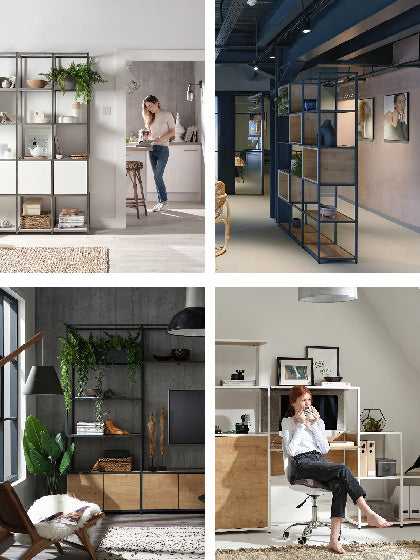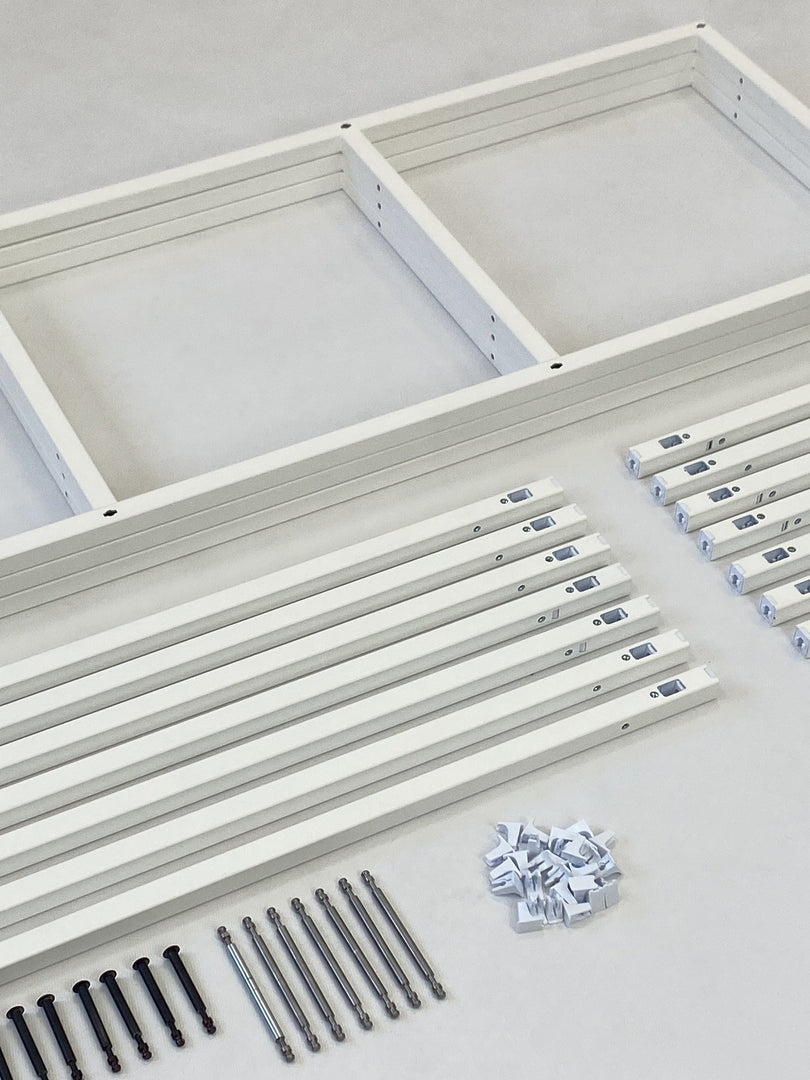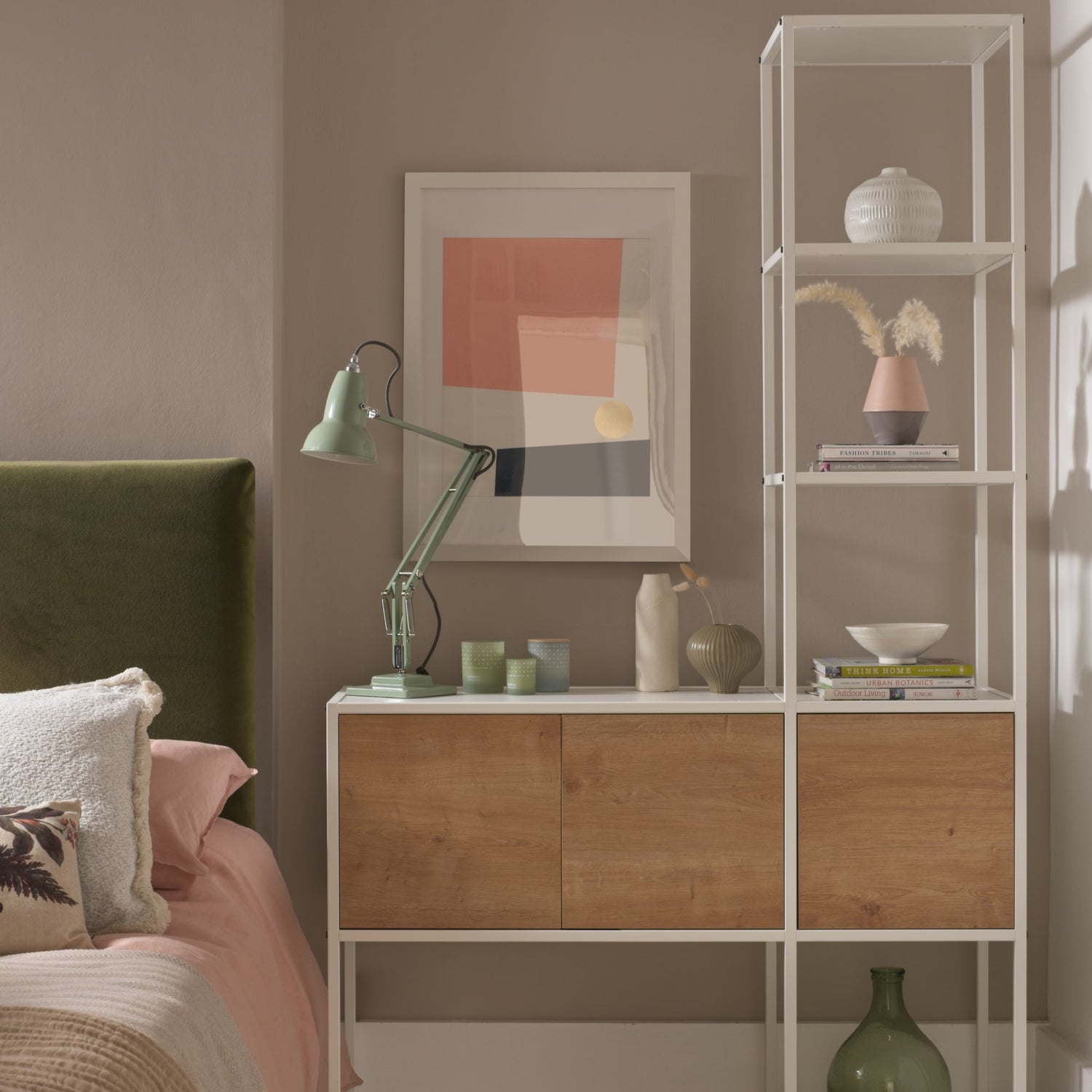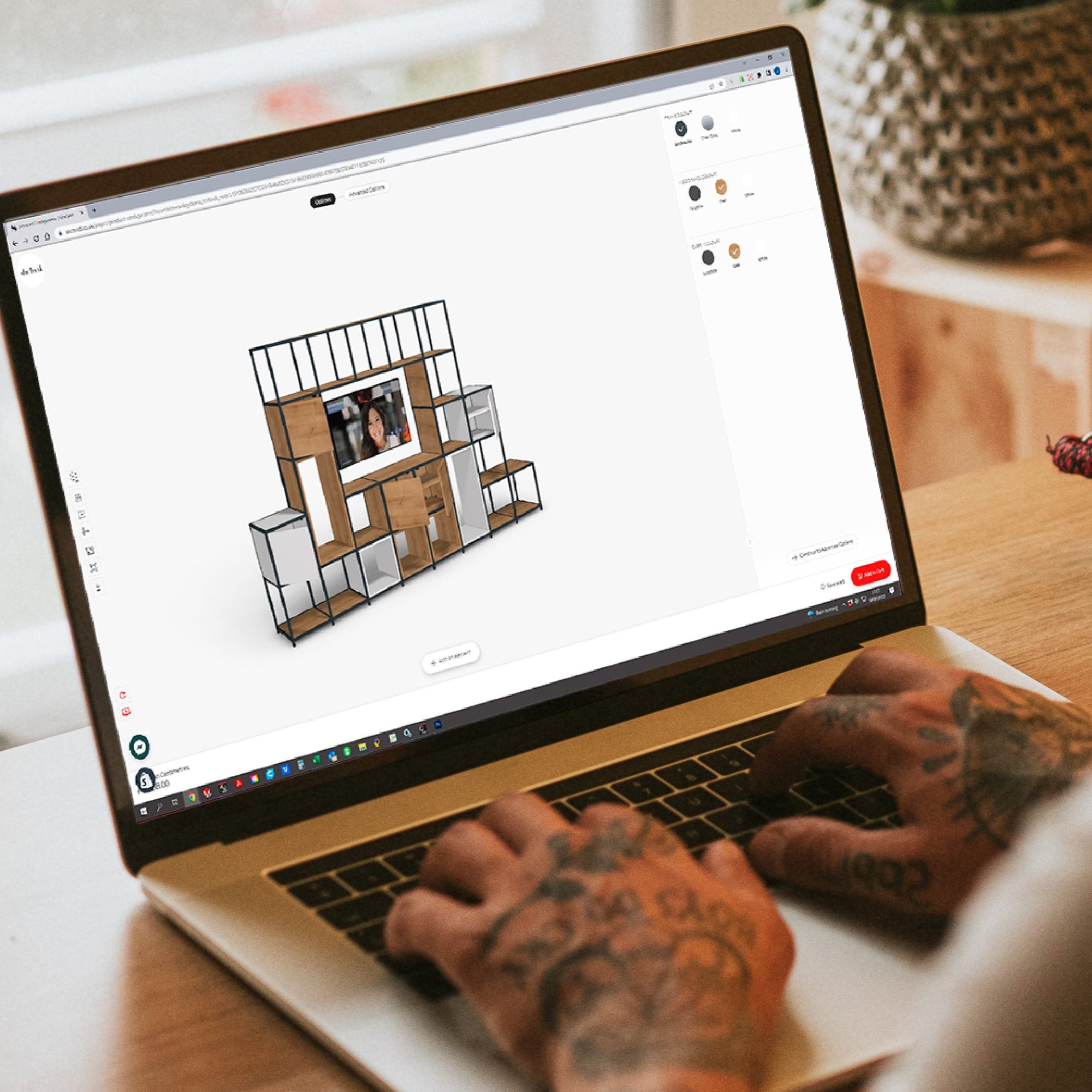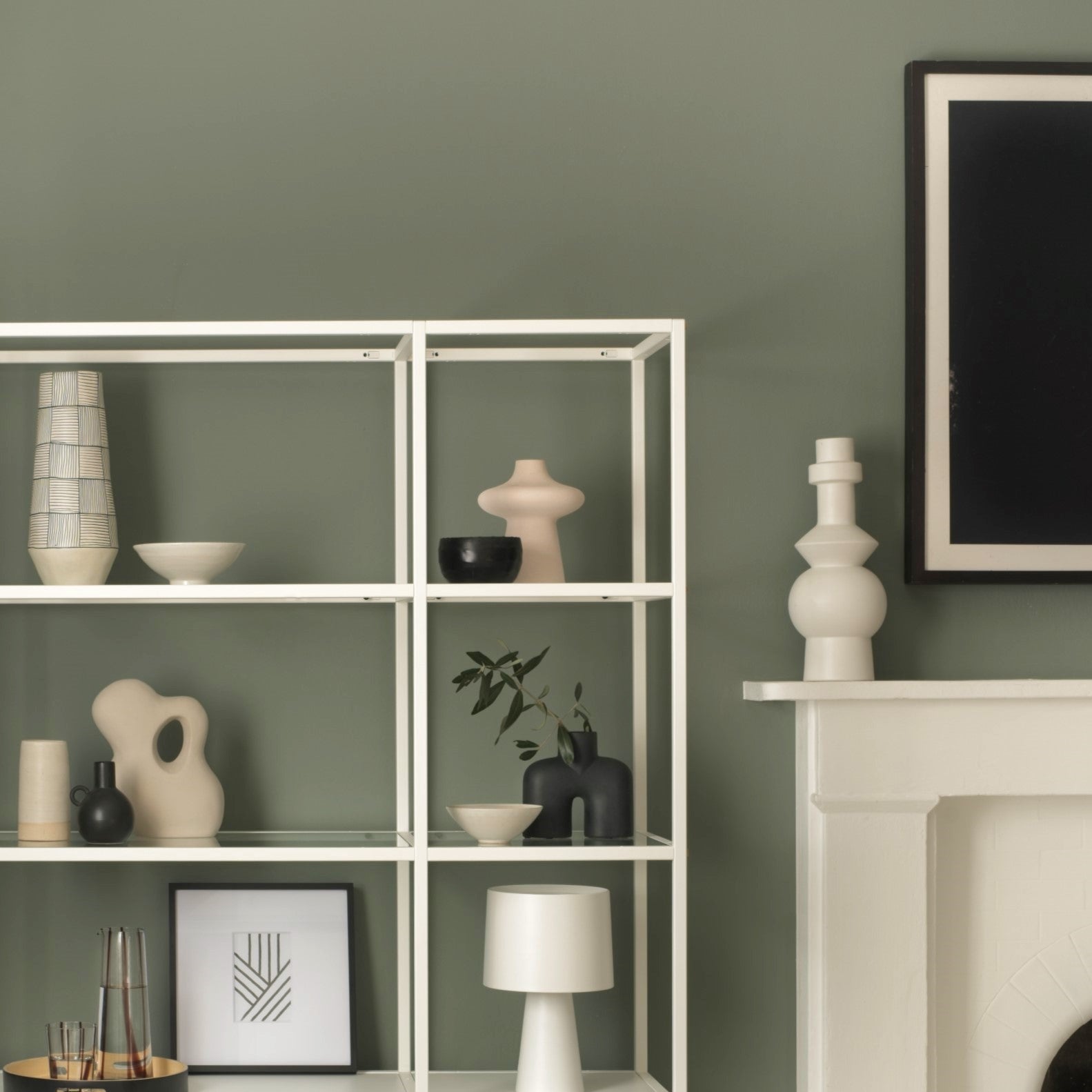Regardless of the square footage of our homes, we all have the same goal – creating a spacious and inviting environment. This is particularly crucial in more compact spaces or those with unconventional layouts and limited natural light. Following our blog last week, we are continuing on the theme of interior design mistakes. There are a few common interior design missteps that are stopping your home from reaching its full potential. In this blog, we will we'll shed light on these pitfalls, to help you avoid them and offer expert advice on how to rectify them, ensuring your space feels open, airy, and spacious.

1. Overcrowding with Furniture
One of the most common mistakes that can make your home feel cramped is overcrowding with furniture. While it's tempting to fill every inch of space, doing so can have the opposite effect, making rooms feel cluttered and congested. Instead, opt for a minimalist approach by selecting furniture pieces that serve multiple functions and leave plenty of open space for movement.
Our expert creative director, Jonathan Clark advises you to assess your furniture layout and consider removing any unnecessary pieces that clutter the space. Invest in multifunctional storage and furniture such as ottomans with storage or nesting tables that can be tucked away when not in use. By decluttering and streamlining your furniture arrangement, you'll create a more spacious and inviting environment.

2. Neglecting Vertical Space
Neglecting vertical space is another common mistake that can make your home feel smaller than it actually is. When floor space is limited, maximising vertical storage and decor options becomes essential for creating a sense of height and openness.
Firstly, consider the visual direction that your furniture sets. If it draws the eye downward, the space automatically feels more closed-in and cluttered. Instead, aim to elevate the gaze upwards to create the illusion of spaciousness.
For storage solutions, opt for shelves that extend or almost reach the ceiling. Jonathan recommends selecting tall modular designs with a sleek profile to maximize the use of wall space. Embracing vertical storage not only liberates valuable floor space but also fosters a sense of spaciousness.
Additionally, hanging curtains close to the ceiling can visually elongate windows and enhance the room's perceived height. Incorporating tall, leafy plants strategically can also help direct the gaze upward, further enhancing the illusion of spaciousness.

3. Dark and Heavy Colours
Using dark or heavy colours on walls, floors, and furnishings can visually shrink a room and make it feel enclosed. While these colours can add warmth and depth, they can also absorb light and create a cave-like atmosphere. Smaller spaces can be benefited when you create the illusion of space with colour.
This doesn’t mean you have to paint all your walls in a stark white, instead you can opt for lighter, brighter hues such as soft neutrals, and pastels to open up the space and reflect light. Introduce pops of colour through accessories or artwork to add interest without overwhelming the room. Consider painting walls and ceilings the same light colour to create a seamless and expansive backdrop.
In general, it's advisable to steer clear of garish colour clashes or overly eclectic combinations of prints. While playful, these approaches can overwhelm the senses and contribute to a cluttered appearance.
4. Blocking Natural Light
As we have discussed in previous blog posts, natural light is a powerful tool for making a space feel larger and more inviting. However, blocking or minimising natural light sources can have the opposite effect, making rooms feel dark and cramped.
Remove heavy drapes or window treatments that obstruct natural light and replace them with sheer or lightweight curtains that allow light to filter through. Keep windows clear of obstacles such as furniture or decor to maximise the flow of natural light into the room. Consider adding mirrors strategically to reflect light and create the illusion of more space. For more expert advice check out our blog – How to Maximise Natural Light in your Home.

5. Clutter and Disorganisation
Clutter is the enemy of a spacious home, as it can visually overwhelm a space and make it feel chaotic and confined. From excessive knick-knacks to piles of paperwork, clutter can quickly accumulate and detract from the overall aesthetic of your home.
Take a minimalist approach to decor and accessories, keeping only items that serve a purpose or bring you joy. Invest in stylish storage solutions such as baskets, bins, and modular shelving units to corral clutter and keep surfaces clear. Establish designated storage areas for items such as shoes, bags, and mail to maintain a sense of order and organisation throughout your home.
By avoiding these common interior design mistakes and implementing expert fixes, you can create a home that feels spacious, inviting, and tailored to your lifestyle. With thoughtful planning and attention to detail, you'll transform your space into a home that reflects your personal style and maximises its full potential.

